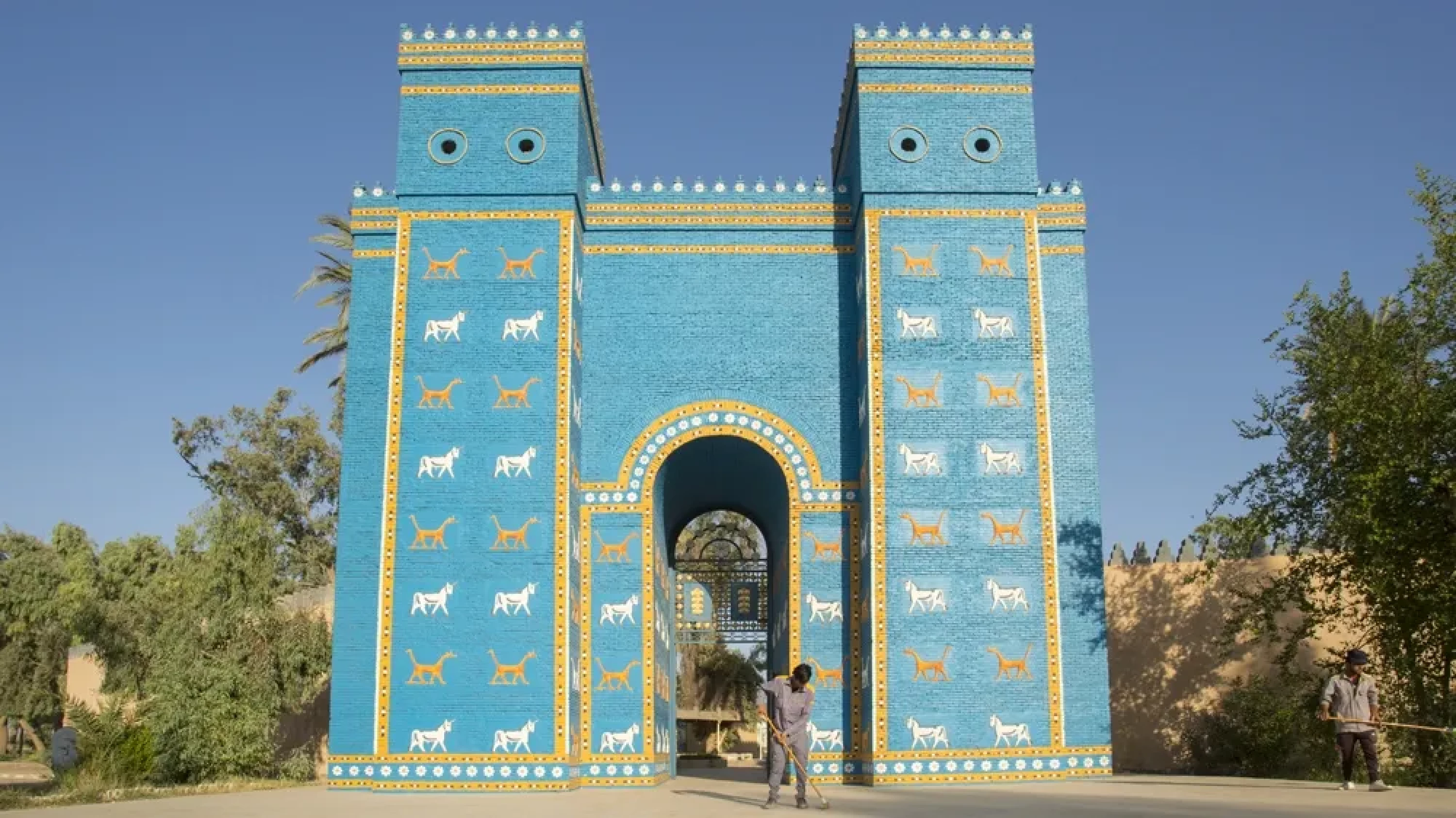ERBIL, Kurdistan Region of Iraq - Iraq today faces an existential threat endangering its civilizational memory due to climate change. Drought, the decline of the Tigris and Euphrates rivers, sandstorms, and high salinity levels are destroying archaeological sites such as Ur and Babylon. Desertification is encroaching on the cradle of civilizations and threatens to bury landmarks that are thousands of years old, amid the absence of national plans to save this history.
A recent report by Reuters confirmed that Iraq now faces an existential dilemma that threatens its cultural and heritage memory, noting that the land of Mesopotamia, which gave birth to writing, agriculture, and the first cities, stands on the verge of a new form of extinction, not triggered this time by wars, but by harsh climate change effects eroding and monuments and historical sites.
Iraqi lands in recent years, especially in southern regions, have turned into dry expanses consumed by desertification, with unprecedented increases in salinity levels. The water levels of the Tigris and Euphrates have receded, while sandstorms have intensified, burying under them layers of history that stretch back thousands of years. With every new storm, parts of the material memory of the cradle of civilization are entombed.
Civilization at the mercy of the climate
Iraqi officials have sounded the alarm to save sites considered some of the oldest cities in the world, as the winds of climate change begin to ravage their architectural components. In the city of Ur, the birthplace of the Prophet Abraham, sand dunes have begun eating away at the northern side of the famous ziggurat, a massive pyramid-shaped temple built more than 4,000 years ago for the moon god Nanna.
During an interview with The New Region, Shamil al-Rumaidh, the Comprehensive Inspector of Antiquities in Dhi Qar, emphasized the direct influence of climate change on archaeological landmarks.
He highlighted sandstorms and rainfall as primary factors, particularly noteworthy given that numerous archaeological sites lie along the path of northward-moving sand dunes in "al-Katia" region of Dhi Qar.
Rumaidh elaborated that erosion factors have led to significant alterations in the Ziggurat of Ur over the past millennium. Its original height of 26 meters has dwindled to approximately 16 meters, shrinking at a rate of roughly one meter every 200 years.
The temple, which UNESCO has inscribed on the World Heritage List, is considered one of the most prominent landmarks offering insight into religious practices and sacred rituals in the Sumerian Empire. Not far from the temple, the royal cemetery of Ur, discovered by British archaeologist Leonard Woolley in the 1920s, is also deteriorating.
Dhi Qar’s antiquities inspectorate in October 2024 announced that the rehabilitation and reconstruction of Dub Lakh, one of the world’s oldest temples, is underway in Ur. The temple has for years been damaged due to the effects of climate change.
It is worth noting that Iraq is facing rising temperatures and severe drought that have increased salinity levels in the south of the country, where the Tigris and Euphrates rivers meet as they approach the Gulf.
Babylon in danger
The threat is not limited to the city of Ur alone. According to the Reuters report, the city of Babylon, the legendary capital of ancient empires, is also facing the same fate. Muntasser Hasnawi, the Director General of the Antiquities Department at the Iraqi Ministry of Culture and Tourism, confirmed that the archaeological sites in ancient Babylon are at risk amid difficult challenges caused by a lack of funding, noting that high salinity levels are weakening the mud-based materials from which ancient temples and palaces were built.
Hasnawi pointed out that many of the restoration operations carried out in previous decades were often unsuitable, which has made ancient structures more fragile in the face of climate change.
He also warned that the worsening salinity of groundwater and surface water could lead to the destruction of entire cities still buried underground, a reference to undiscovered archaeological sites in the plains of southern Iraq.
Between past and future
Iraq, which gave the world the first written legal code in history through Hammurabi’s Law between 1750 and 1755 BC, the first cities with complex social, economic, and political structures such as Uruk and Ur, and the earliest systems of governance and codified regulations, now finds itself facing a new war, this time against the fury of nature. Climate change not only brings consequences for agriculture, water, and daily life, but also threatens the very foundation of the country’s historical identity.
The report warns that with continued drought and advancing sands, future generations may awaken to find that monuments from a 7,000-year-old civilization have been swallowed by dust. With every new layer of sand that forms above them, another page of human history is buried, threatening to condemn the legacy of millenia of history and culture to an unworthy fate.



 Facebook
Facebook
 LinkedIn
LinkedIn
 Telegram
Telegram
 X
X


